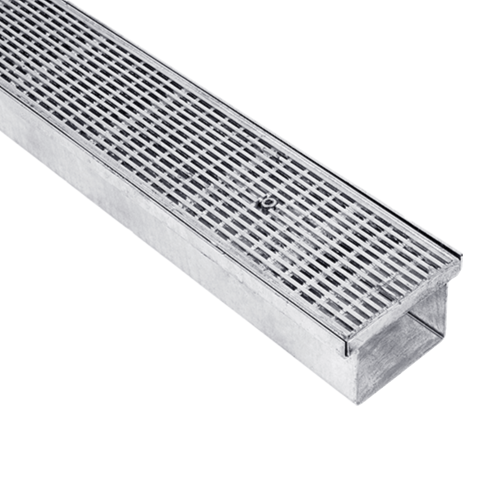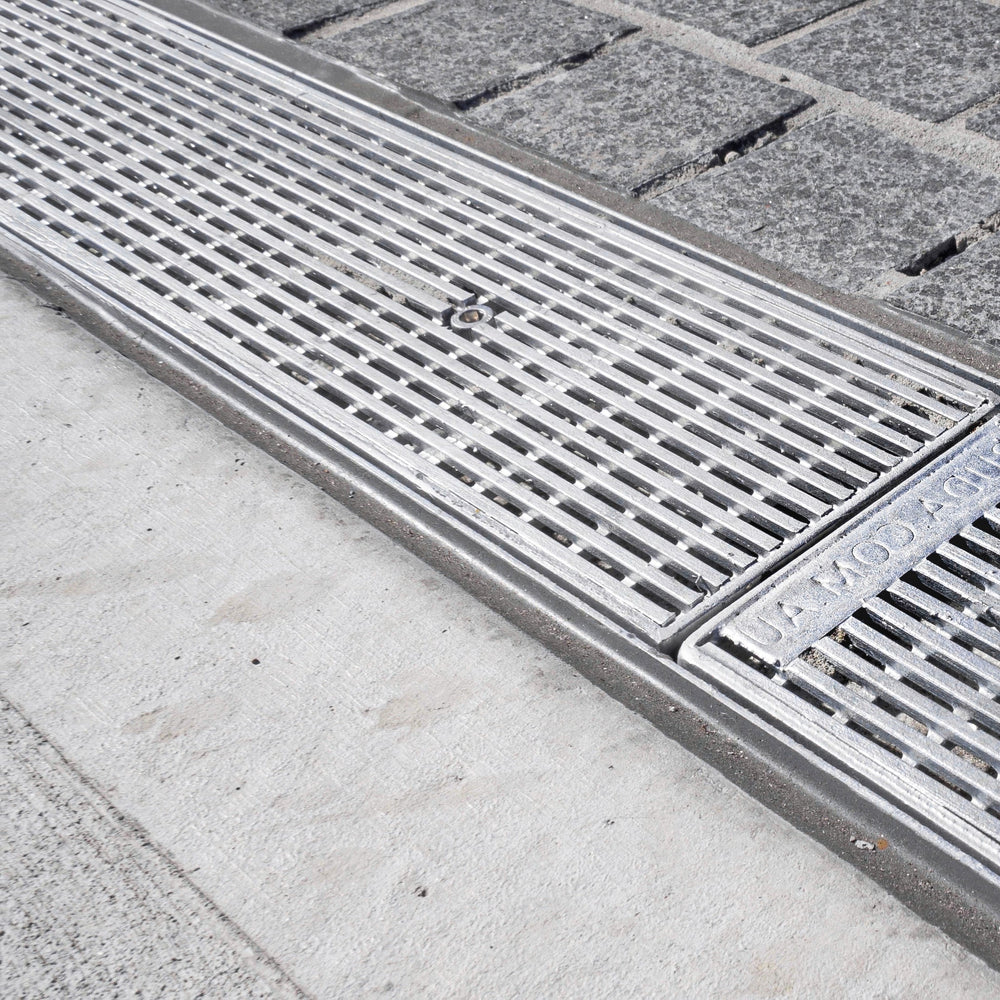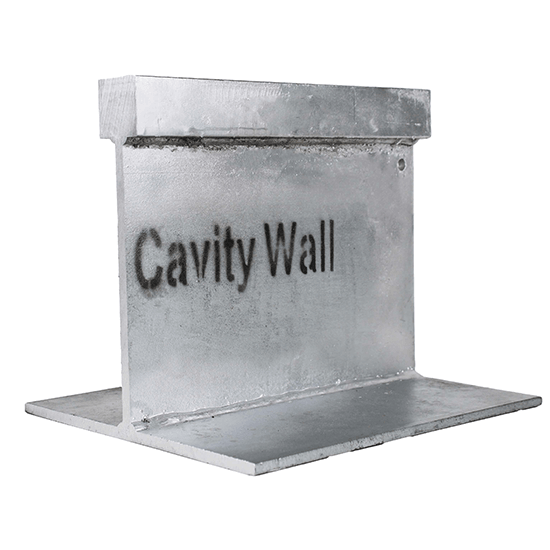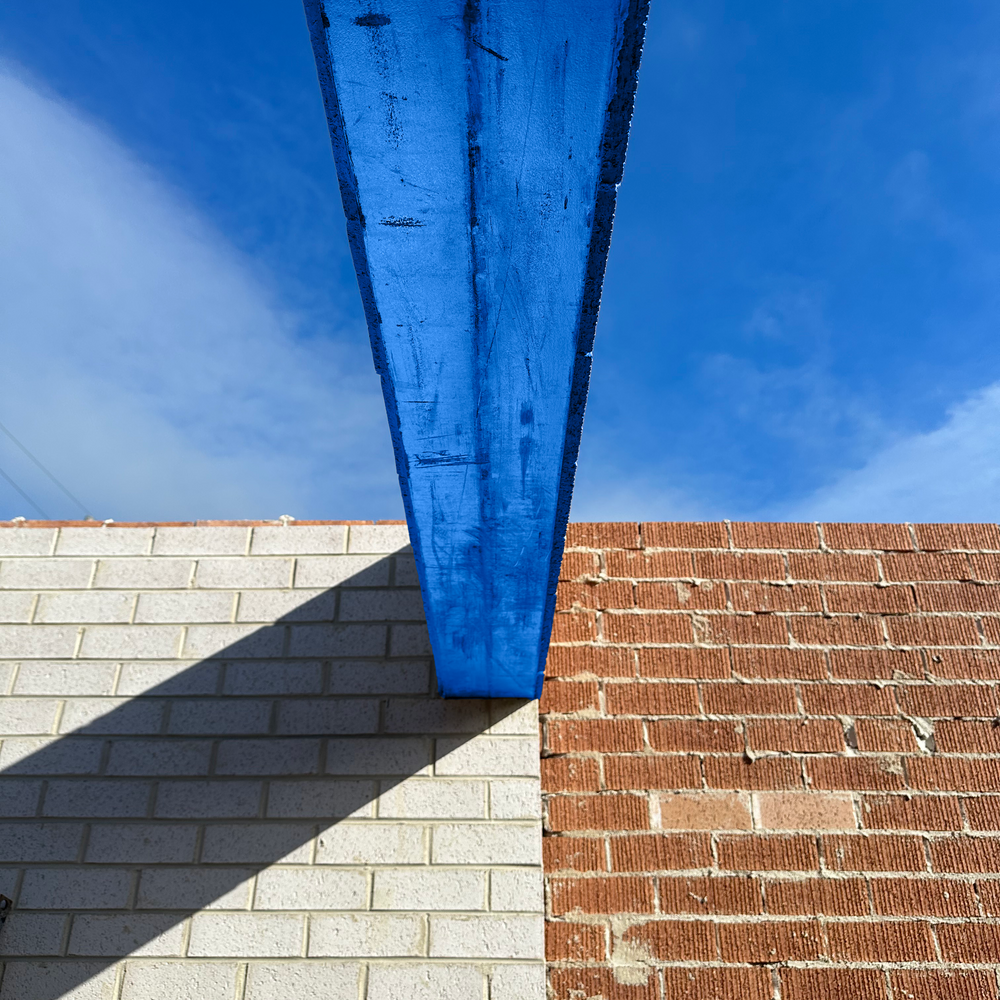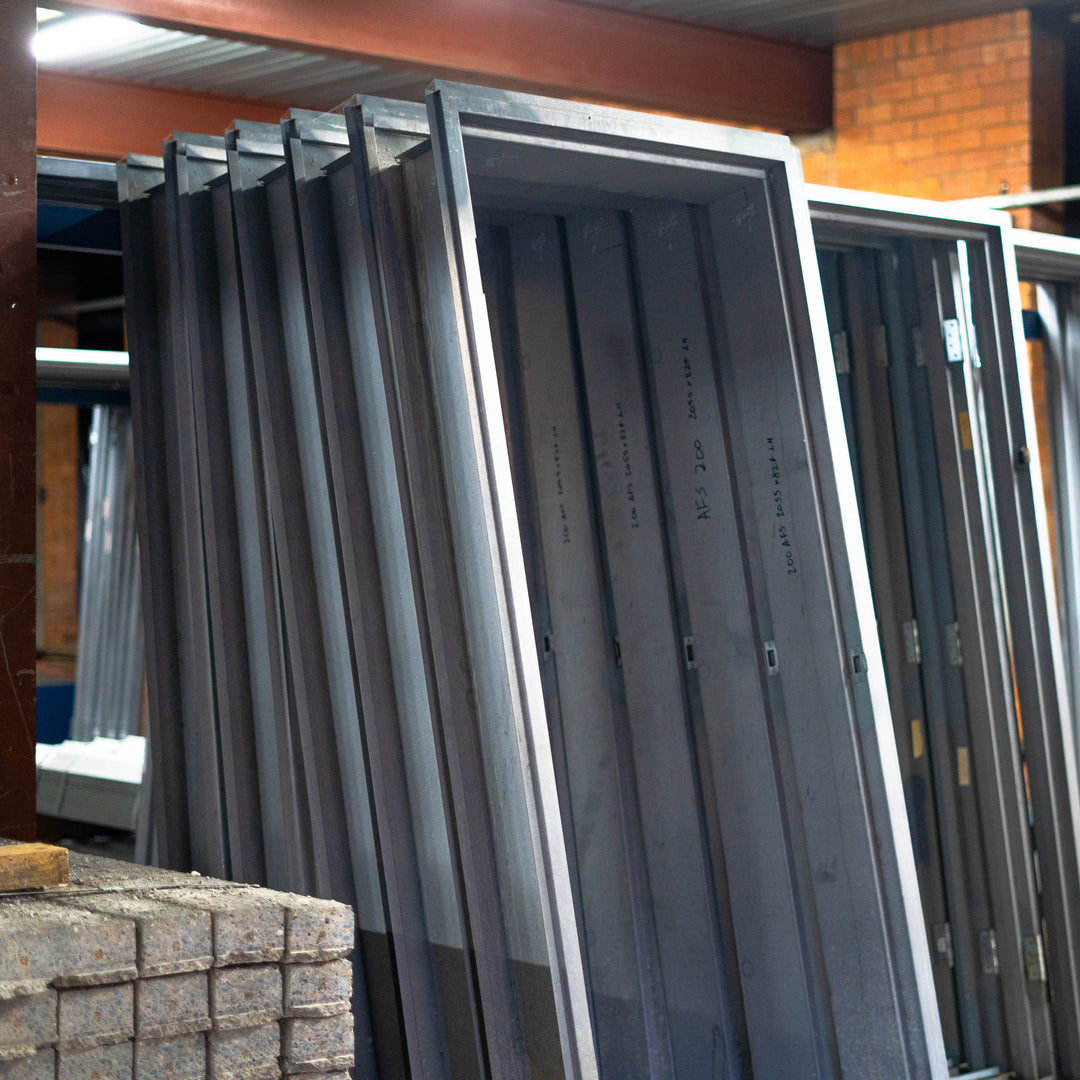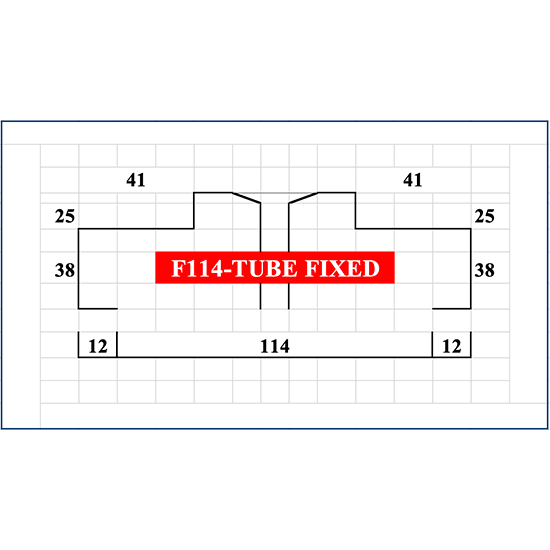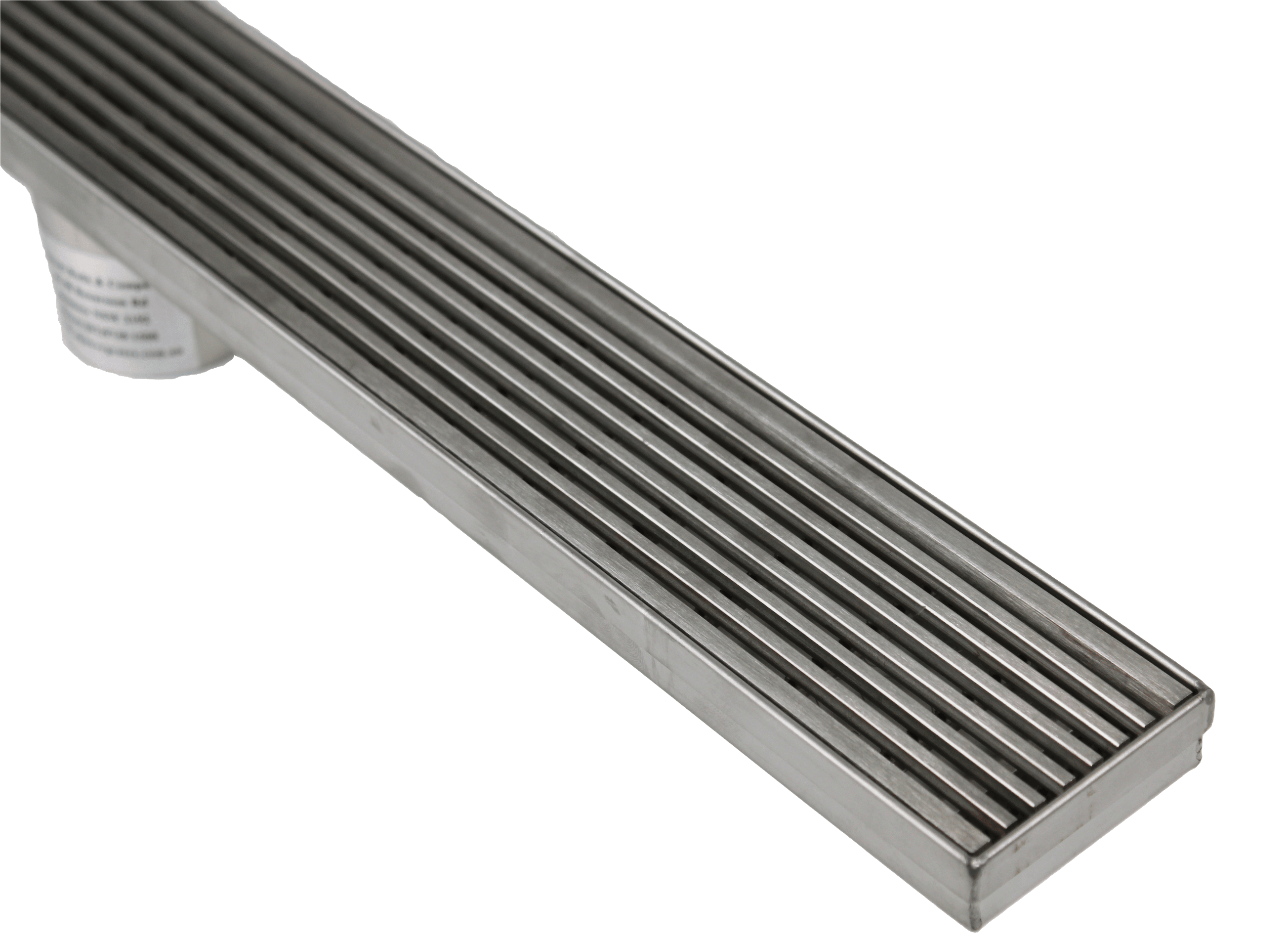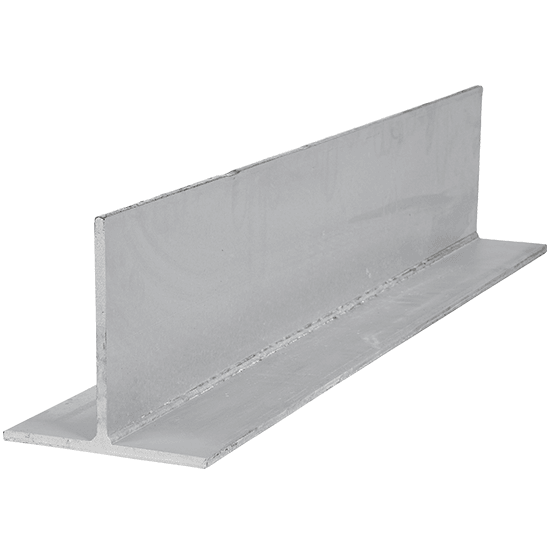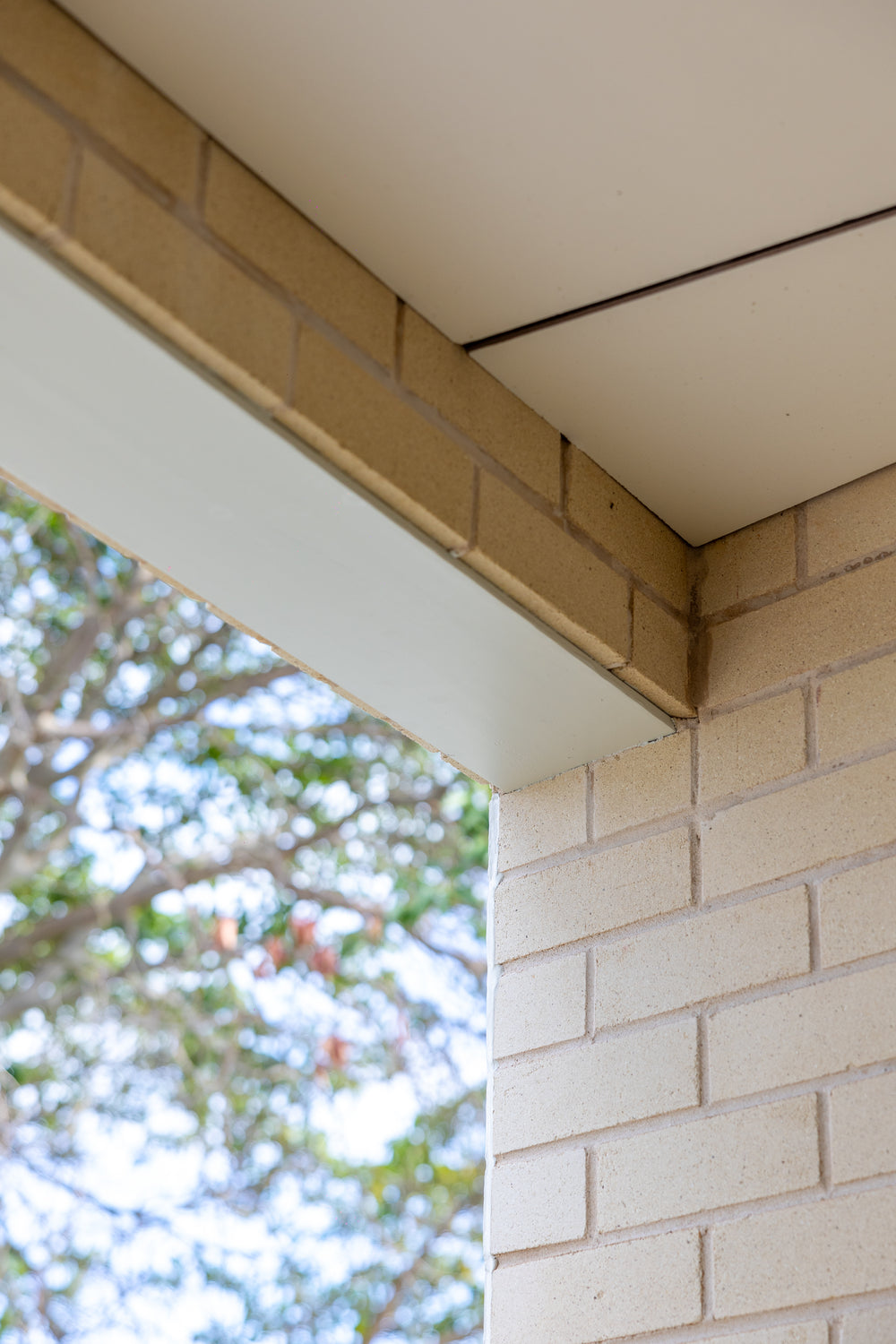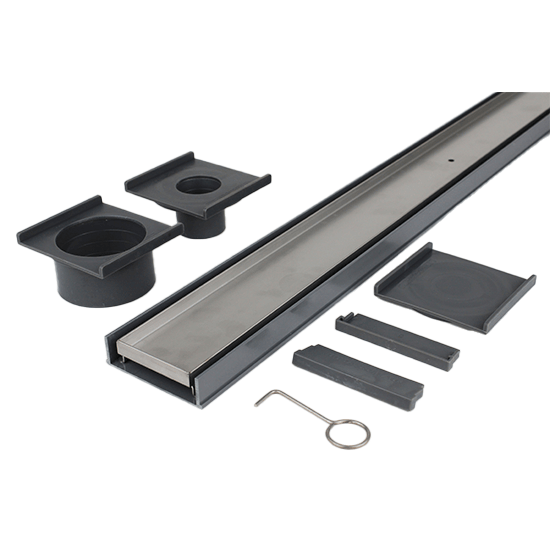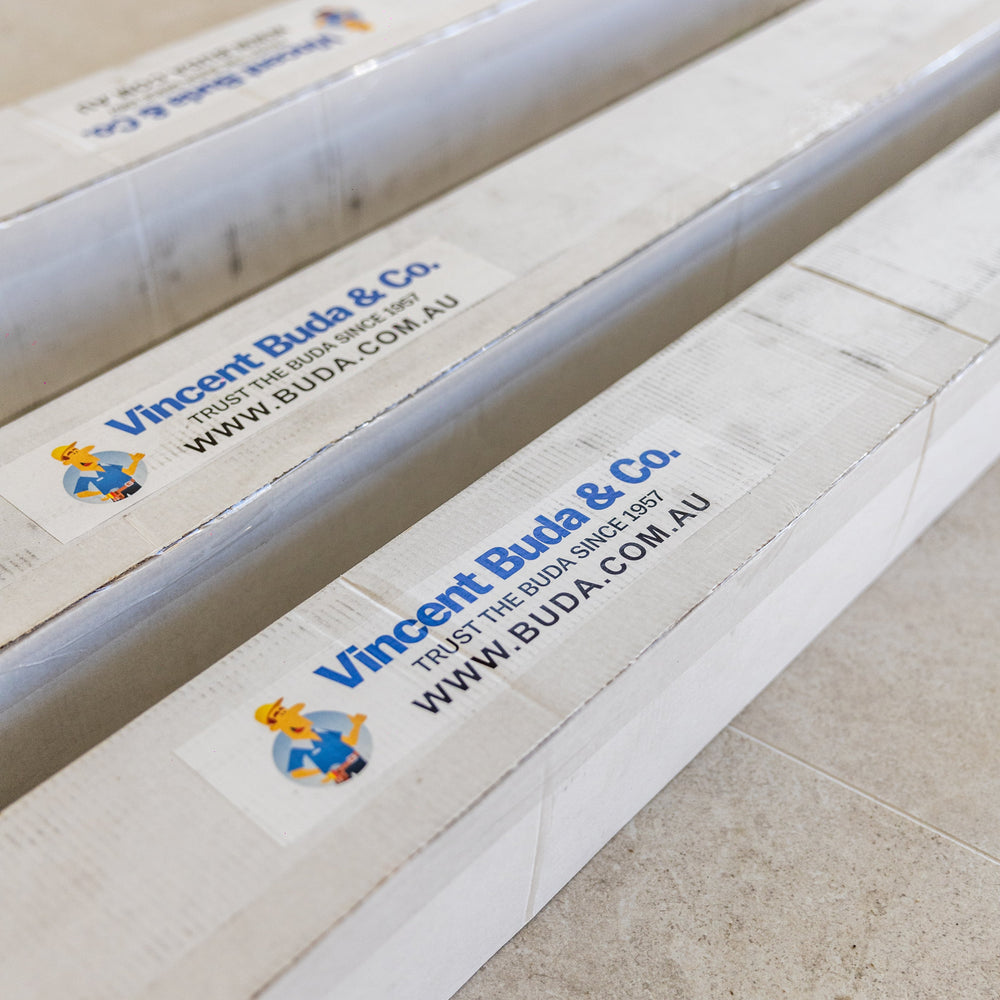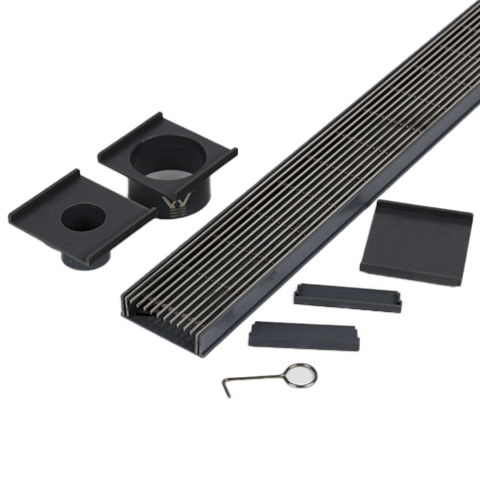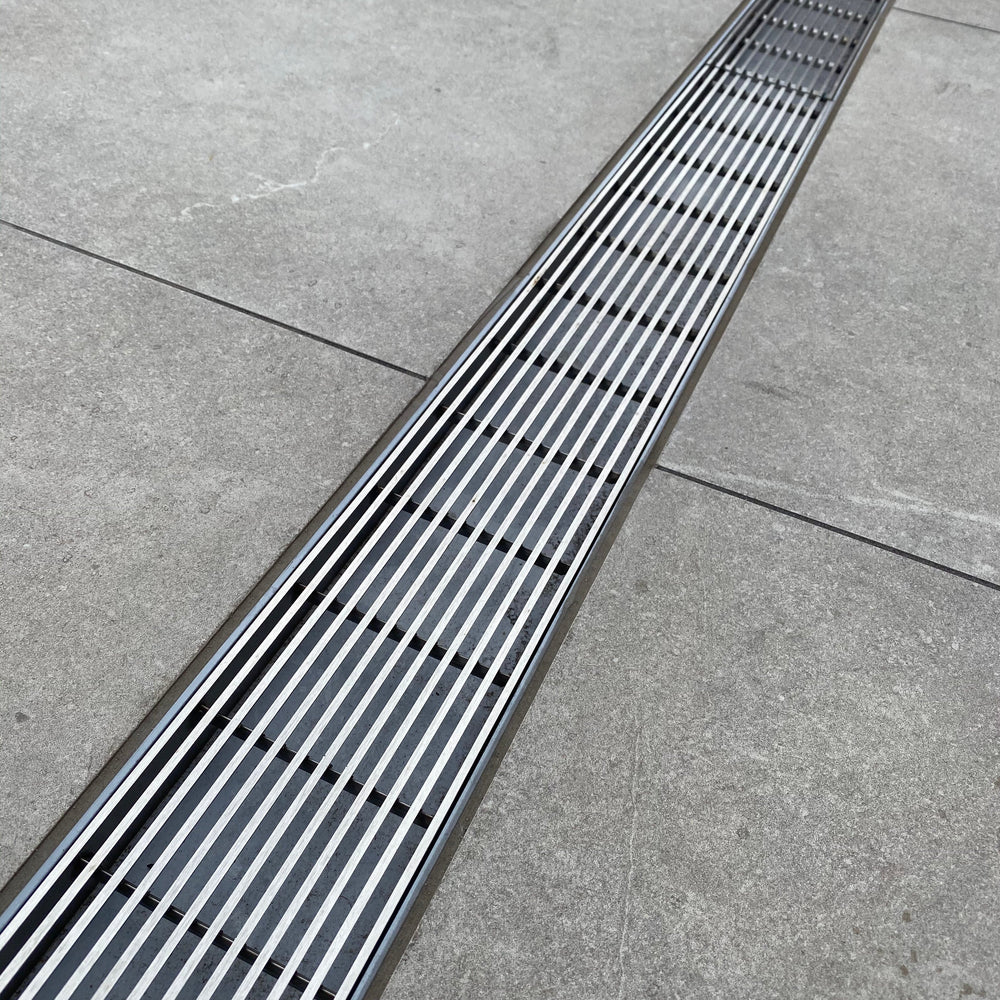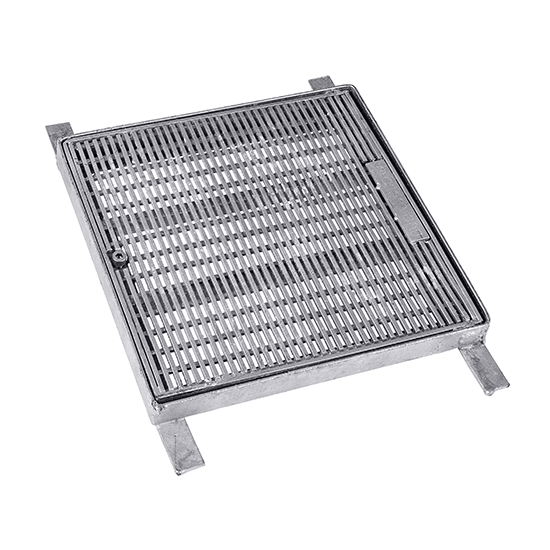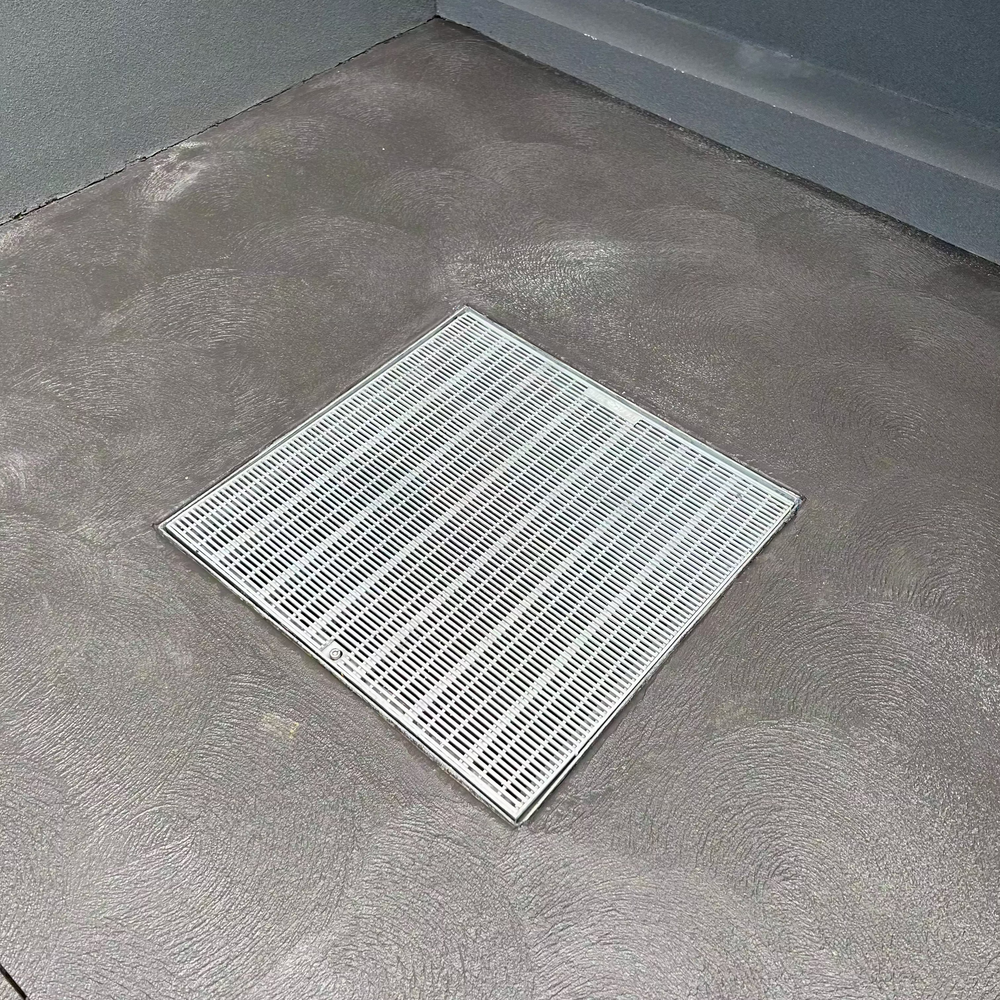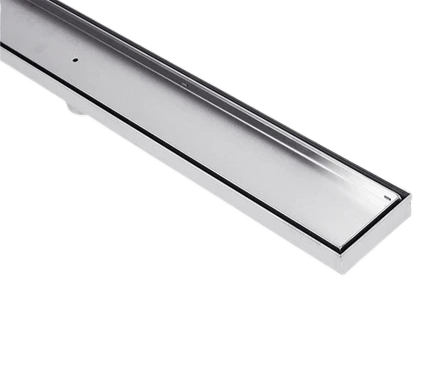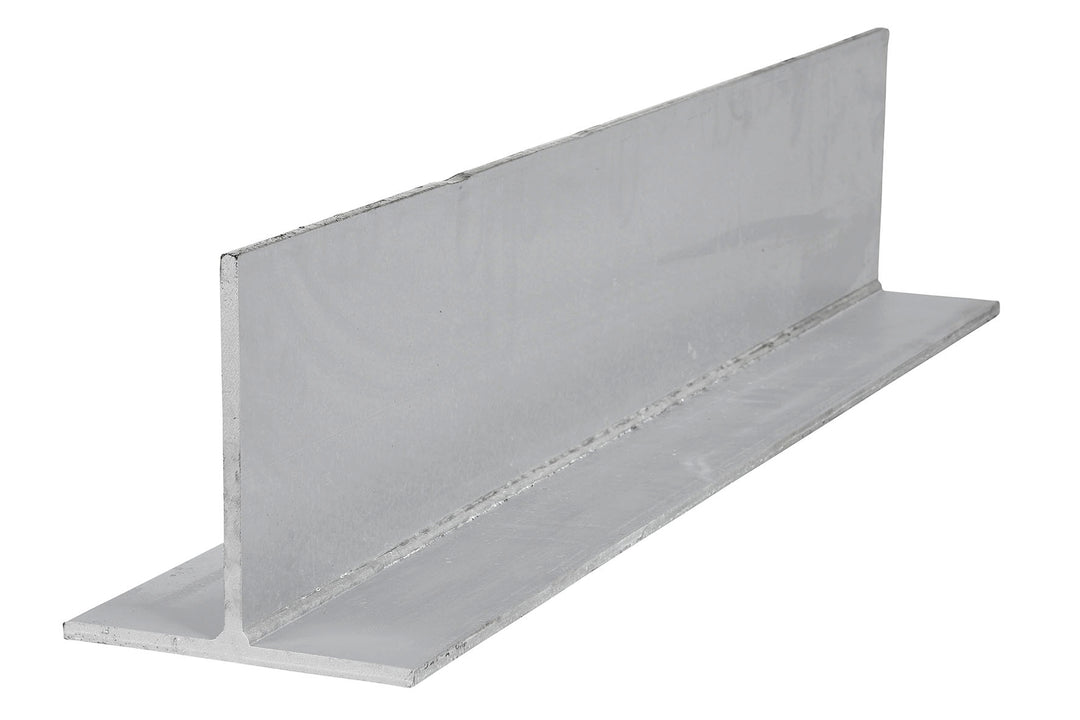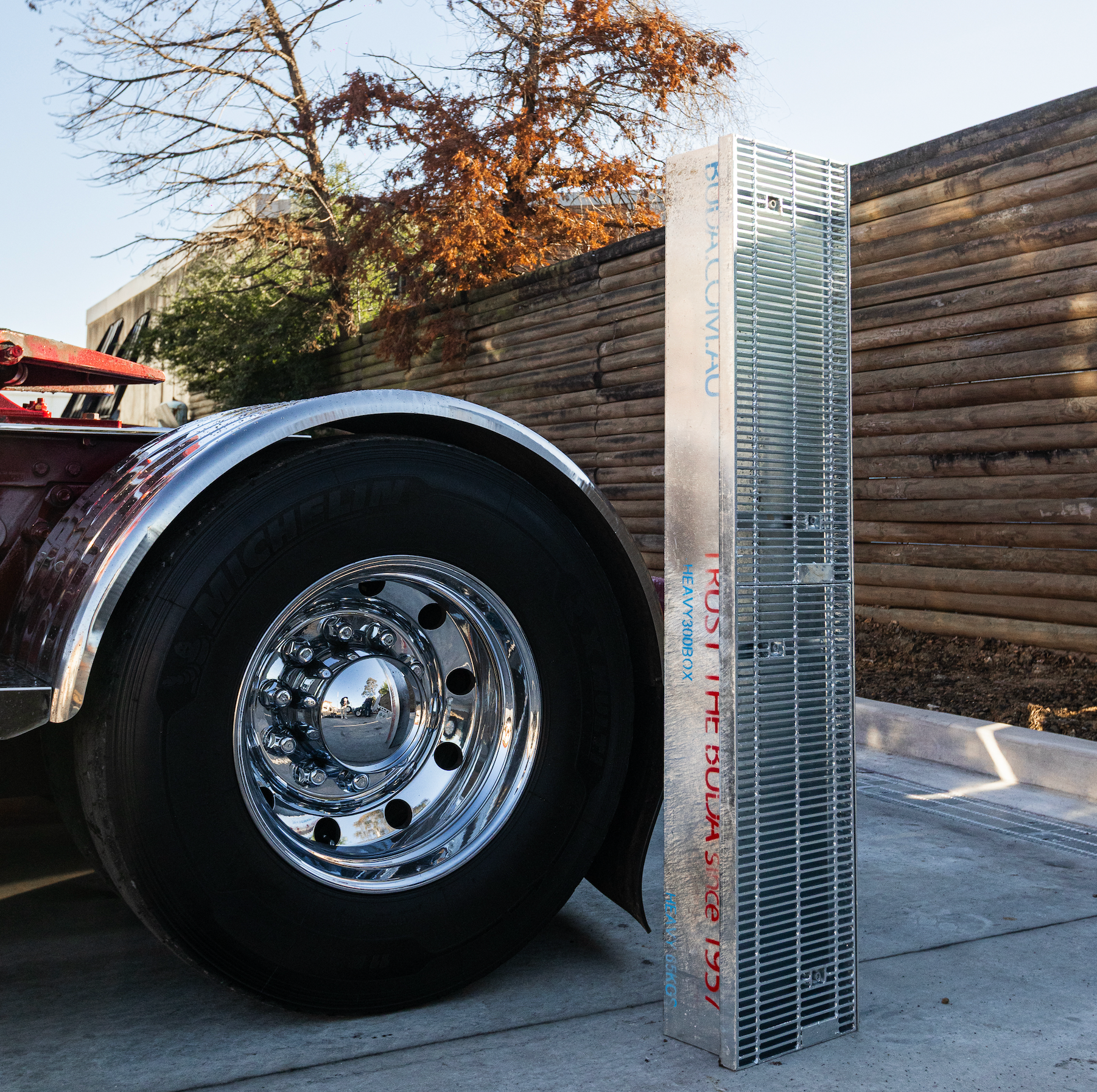Load Ratings Explained: Class A, B, C & D Grates Under AS3996
Drainage grates may seem simple, but selecting the wrong type can lead to significant safety hazards, costly repairs, and compliance issues. That’s where load ratings come in—and why understanding the AS3996 standard is essential for tradies, builders, and civil engineers alike.
In this guide, we’ll break down what load ratings are, how AS3996 classifies them, and what type of grate—Class A, B, C, or D—is right for your application.
Why Are Load Ratings Important?
Load ratings refer to how much weight a grate or access cover can safely support without failing. These ratings help make sure that the grate performs safely under typical real-world conditions—whether that’s someone walking across a garden bed, or a semi-trailer driving over a stormwater pit in an industrial yard.
Installing the wrong class of grate can lead to cracking, collapse, injury, or even legal trouble. That’s why understanding the ratings—and where each one should be used—is critical on any job site.
What Is AS3996?
AS3996 is the Australian Standard that outlines the performance and safety requirements for access covers and grates. First introduced in 1992 and most recently updated in AS3996:2019, the standard exists so that products meet load-bearing, material, and safety benchmarks.
Under AS3996, grates and covers are classified into seven load classes: A to G. Each class reflects the maximum load the grate can withstand, measured in kilonewtons (kN)—where 1 kN is roughly equal to 100kg.
In this article, we’ll focus on Class A, B, C, and D grates, which cover the majority of residential, commercial, and civil drainage applications.
Load Classifications Explained
|
Class |
Max Load (kN) |
Approx. KG |
Typical Applications |
|
A |
10 kN |
~1,000 kg |
Pedestrian areas, garden beds, and patios |
|
B |
80 kN |
~8,000 kg |
Carparks, residential driveways, light vehicles |
|
C |
150 kN |
~15,000 kg |
Commercial driveways, delivery zones, and light industrial |
|
D |
210 kN |
~21,000 kg |
Main roads, loading docks, heavy trucks, and council works |
Class A Grates
-
Load Capacity: Up to 10kN (approx. 1,000kg)
-
Use: Areas with foot traffic only
-
Applications: Residential walkways, patios, landscaped zones
These grates are ideal for non-vehicular areas like garden beds or pedestrian walkways. Lightweight but reliable, Vincent Buda’s Class A grates are perfect for home use and general landscaping.
Class B Grates
-
Load Capacity: Up to 80kN (approx. 8,000kg)
-
Use: Areas with light vehicles
-
Applications: Driveways, carparks, private roads
Common in both residential and light commercial settings, Class B grates from Vincent Buda provide the necessary strength for driveways and parking areas without over-engineering.
Class C Grates
-
Load Capacity: Up to 150kN (approx. 15,000kg)
-
Use: Medium-duty traffic
-
Applications: Delivery zones, mixed-use developments, small-scale industrial sites
These grates are designed to handle a mix of pedestrian and commercial traffic. If you're building a small warehouse or delivery dock, Class C grates are the reliable middle ground.
Class D Grates
-
Load Capacity: Up to 210kN (approx. 21,000kg)
-
Use: Heavy-duty traffic
-
Applications: Public roads, council infrastructure, large loading bays
Engineered for the heaviest applications, Class D grates from Vincent Buda are built to withstand trucks, forklifts, and frequent high-impact loads. These are your go-tos for civil and municipal infrastructure.
How to Select the Right Grate for Your Application
Consider Vehicle Type and Load Frequency
Will the grate be exposed to occasional light car traffic or daily truck deliveries? Match the grate’s load rating to the maximum load and frequency expected.
Account for Location
Public-facing infrastructure needs to be more robust and fully compliant. Private driveways may not require the same strength, but always err on the side of safety.
Consequences of Choosing the Wrong Class
An underspec’d grate can lead to product failure, costly liability, and even personal injury. In some cases, it may also breach building codes or local council regulations.
Emphasise Future-Proofing
If you're unsure or the project may scale in the future, it’s wise to choose a higher-rated class. Better to over-engineer slightly than risk underperforming products.
Frequently Asked Questions About the AS3996 Standard
How can I tell if a grate is AS3996 compliant?
Look for markings or documentation from the supplier. All Vincent Buda grates are manufactured to comply with AS3996:2019, and testing certificates are available upon request.
What happens if I install the wrong class of grate?
Incorrect installation can lead to breakage, injury, or non-compliance with Australian standards, potentially voiding insurance or warranties.
Can I use a higher-rated grate than required?
Yes. Installing a higher-class grate is not only acceptable—it’s often recommended if there’s any uncertainty about future usage or load increases.
Are Vincent Buda grates compliant with AS3996?
Absolutely. All Vincent Buda drainage products are designed and tested in line with AS3996 requirements, giving you confidence in Buda’s strength, safety, and compliance.
Need help choosing the right grate?
Get in touch with the Vincent Buda team today. We’ll help you find the perfect product for your project.




